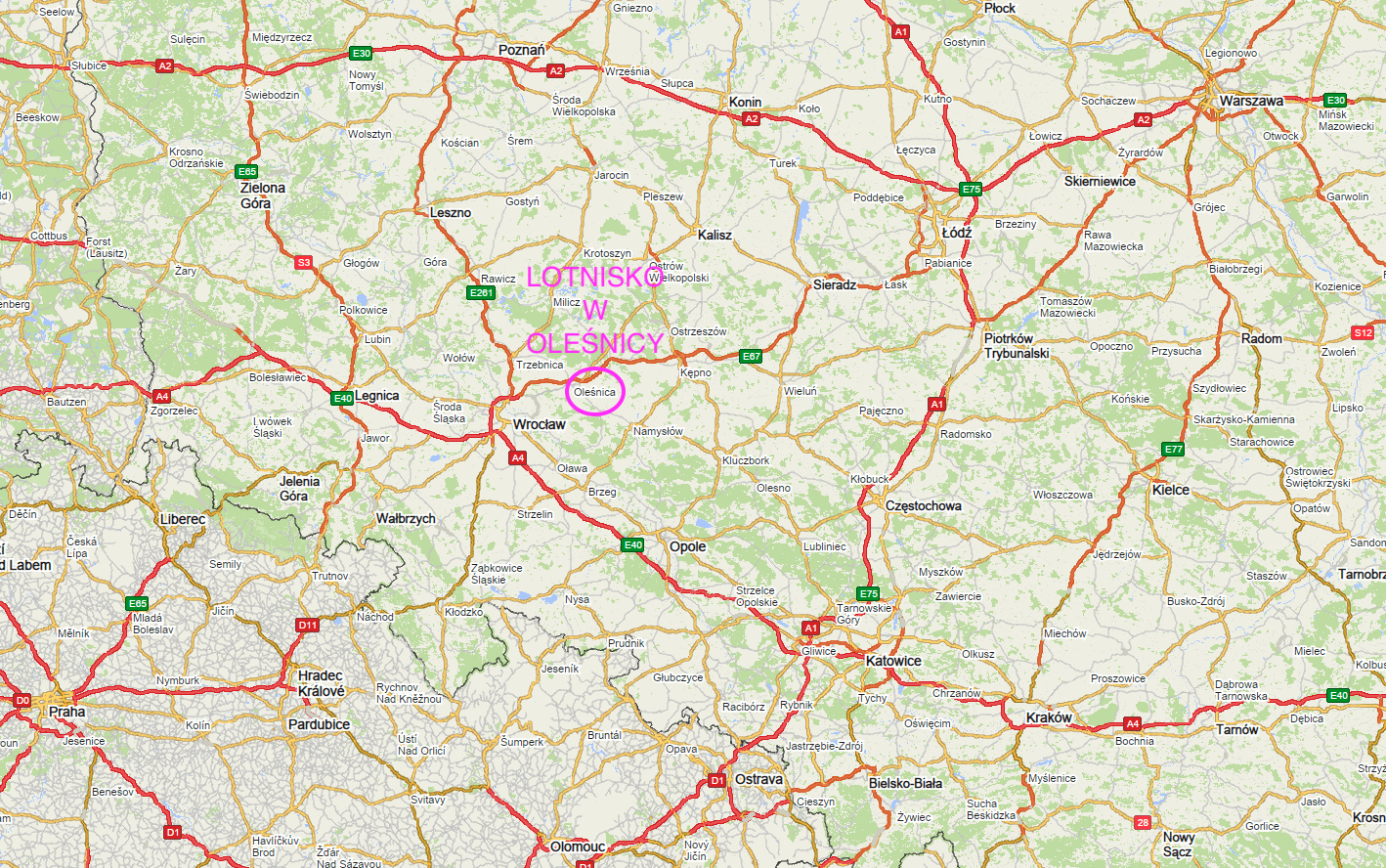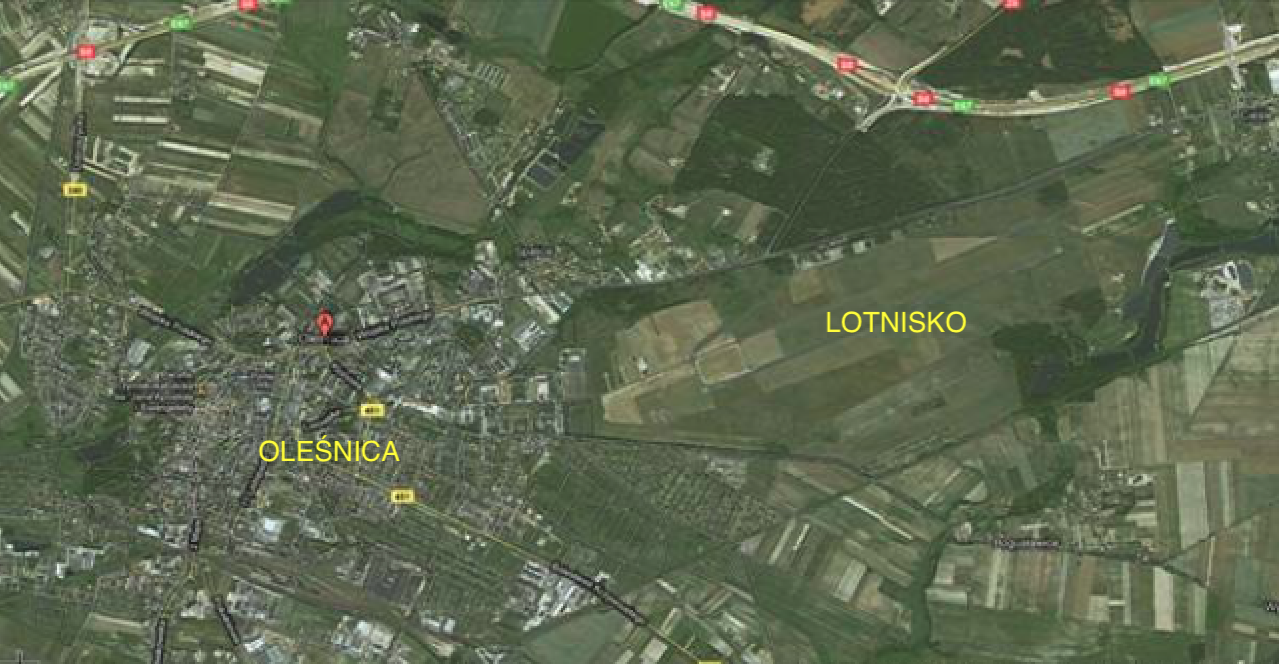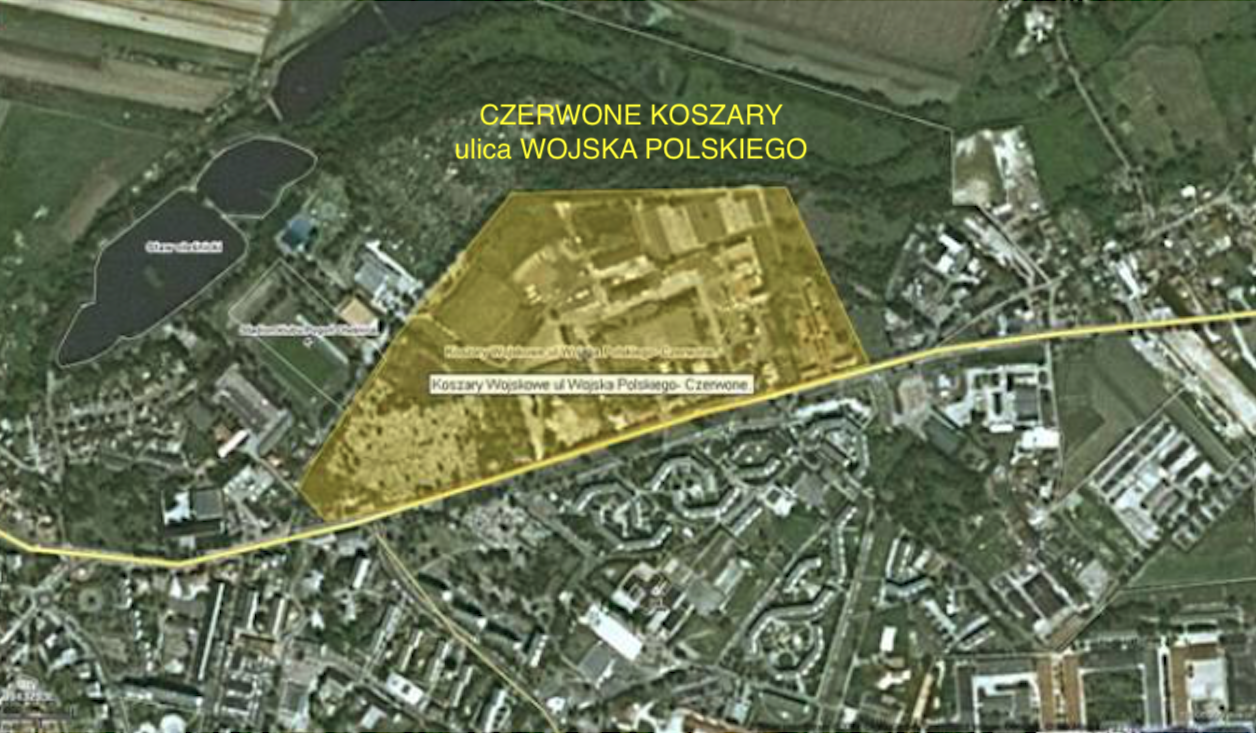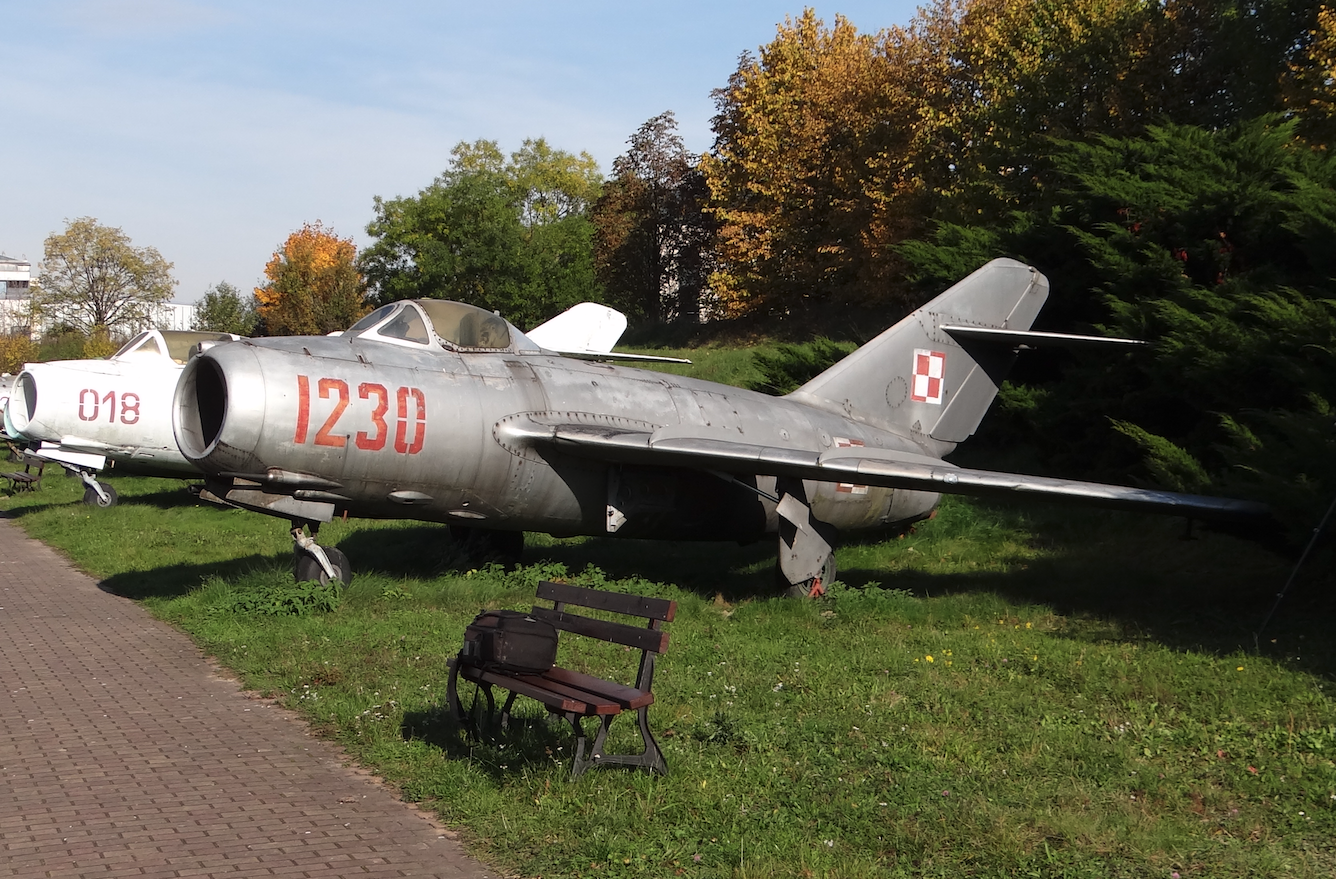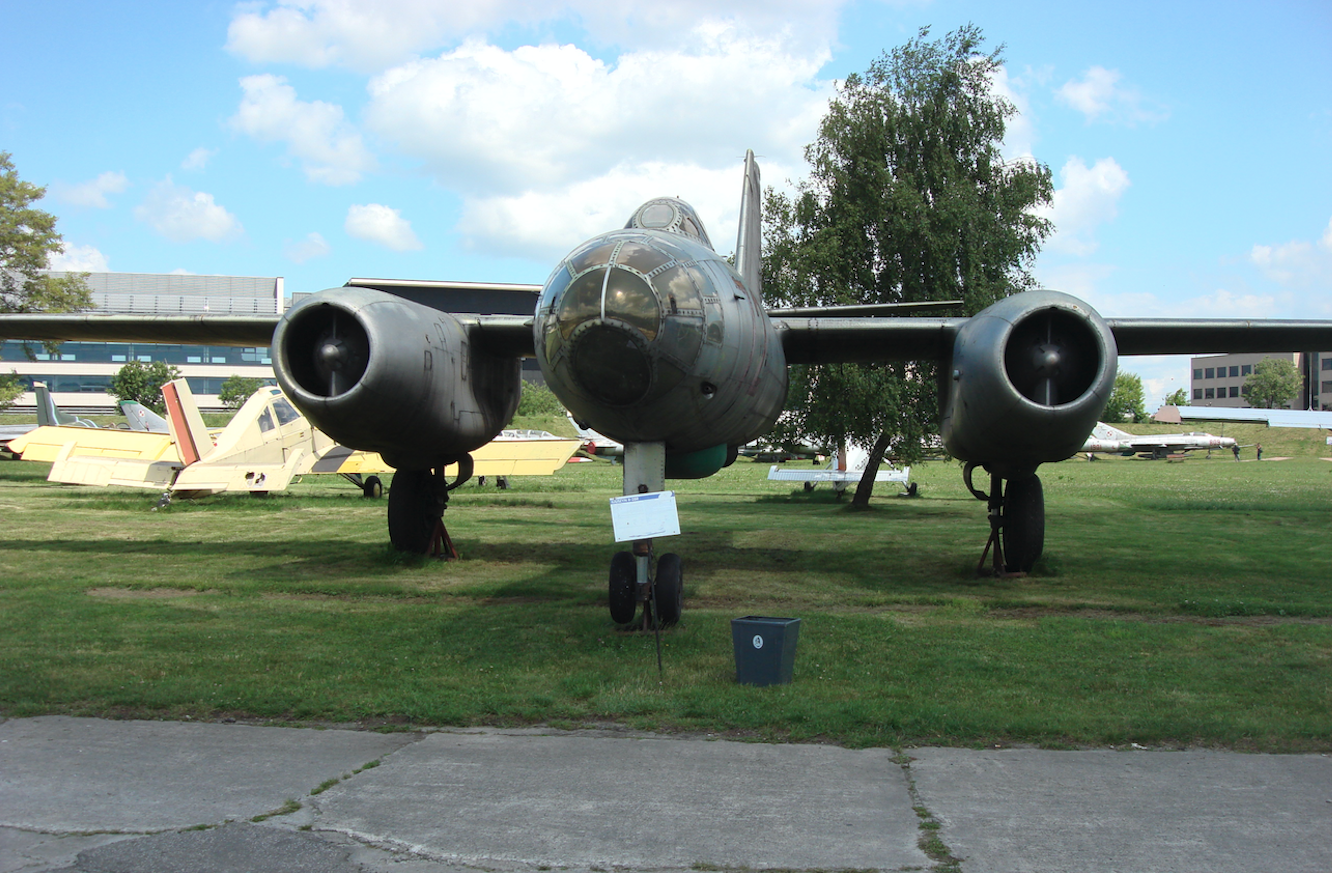Oleśnica 2011-07-23
The airport Oleśnica.
The airport was used by the Technical (Officers) Aviation School in the period 1951 – 2002.
The history of the town of Oleśnica.
Oleśnica was undoubtedly a Piast castle. From 1294, the town belonged to the Duchy of Głogów. The settlement was granted city rights on February 22, 1255, and was granted it by the Prince of Wrocław, Henry II the White. The location was granted under the Średzki law. Already in the thirteenth century, there was a mint here. Oleśnica is already marked on all maps from the 14th century. From 1320, Oleśnica was the capital of the principality and the residence city of Prince Konrad I, who claimed to be the heir of the Polish Crown. After the death of Konrad Biały the Younger, the last ruler of the local Piast line in 1492, Oleśnica and the principality were handed over to the Ziębice line of the Czech Podiebrady. From 1647, the city came under the rule of the Dukes of Württemberg. Oleśnica has always had strong contacts with Krakow. The city also benefited from its location, because it was located on the route from Wrocław to Greater Poland and Mazovia. One of the first printing houses in the Piast lands was opened here. One of the most famous junior high schools was also established here. There was an invisible border between Oleśnica and Wrocław between Polish and German. Oleśnica was definitely a Polish-speaking city.
The character of Oleśnica changed in 1850, when a military garrison was located there.
In 1868, a railway line connecting Wrocław with Upper Silesia was run through Oleśnica. During this period, a gas plant, water supply, hospital and rolling stock repair plants were established here.
The Great World War spared the town of Oleśnica. It was similar during almost the entire Second World War. But only until the turn of January / February 1945, when Oleśnica was taken over by the Russians. By the end of April 1945, 80% of the city had been destroyed by the Russian army. And not as a result of ordinary warfare, but through looting, mindless destruction and setting fires by the Russian occupiers.
As a result of the new division of Europe made by the greats of this world, Oleśnica returned to Poland. It was quickly settled by Poles, especially due to the fact that most of the indigenous people spoke Polish in Oleśnica and felt they felt Polish. But it took a long time to rebuild the city.
In 2008, Oleśnica had 37,414 inhabitants and its area was 20.96 square kilometers. As far as education is concerned, while Oleśnica has a high level of education at the primary, middle and secondary level, it has not been possible to establish any higher education institution. Not counting the officer school. Most of the youth continue their education in Wrocław. Unfortunately, currently (2011) there is high unemployment in Oleśnica.
The Piastowski Castle in Oleśnica from the 13th century still pleases the eyes of tourists. The Basilica of Saint John the Apostle from the 13th century still stands proudly. There are about 18 world-famous architectural monuments in Oleśnica. Among them; 4 temples, town hall, Wrocław Gate, medieval walls, water tower and many more. Most of them were rebuilt after the Second World War and are systematically conserved.
Oleśnica has convenient road connections. Two National Roads No. 8 and No. 25, Provincial Roads No. 340 and No. 451. The city of Oleśnica has a large bus station and convenient connections with large cities in Poland. Most of the courses take place on the route to Wrocław. Oleśnica also has a ring road, thanks to which heavy transport does not pass through the city.
Oleśnica is a large railway junction. There are two train stations here; Oleśnica and Oleśnica Rataje. Lines connect here with; Wrocław, Katowice, Lubliniec, Kluczbork and Ostrów Wielkopolski. Until a few years ago, it was possible to take international trains to Dresden or the Czech Republic.
Barracks in Oleśnica.
In 1850, Oleśnica became a Garrison Town. There were (generally speaking) two barracks complexes in Oleśnica. One, called Red Barracks, was used, inter alia, in the period 1972-1989 by the 1st School Automobile Regiment.
We are more interested in the second complex, called the White Barracks. It was here that the TOSWL – Air Force Technical Officers’ School was located. The White Barracks were built at the end of the 19th century. They were extended (rebuilt) several times. The Polish Army only settled in the White Barracks in 1950. They established the 11th and 12th School of Junior Aviation Specialists. In 1955, the Air Force Officers’ Technical School was located here.
The history of the airport in Oleśnica.
On the Internet you can find information that in the period 1937-1938, next to the White Barracks, the construction of the airport was started. This information is exaggerated. The facts are different. Dragoons were stationed in the White Barracks. That is why there were large free spaces next to it. It was a training ground. Riders trained on these hippodrome. Gallop, trot, walk, single riders and units were practiced. Naturally, it was a convenient area for the landing area for planes. This was the case, for example, in Kraków’s Rakowice. By 1937, Hitler had already armed the army to greatness. When planning the location of new airports, Oleśnica was an ideal candidate. Close to a possible front. The future airport was easily accessible by road and rail. At the beginning of 1938, about 40 combat aircraft were based here.
In 1938, the organization of repair workshops for airplanes began. It was necessary because the technique of that time, although relatively simple, required frequent repairs. These plants were number 117 and were a branch of the plant in Wrocław.
South of the airport facilities, Germany is an organized forced labor camp. The prisoners of this camp were used to build airport facilities. Most of the buildings were built during the Second World War. Three hangars, workshop facilities, a flight control station, a propellant warehouse, numerous warehouses and many other facilities were built. Most of them were wooden structures. The hangars were steel structures.
According to available information, the Germans organized not one, but four airports. Apart from the described one, another one was built, located to the east, on the other side of the road leading to Syców. Bomb and transport planes were to operate here. Landing gliders airport near Sokołowice. And the fourth airport – dummy, or simulated airport.
Around 1 February 1945, the Oleśnica airport was seized by the Russian army. It was the first airport occupied by the Russian army in Germany. Yak-3 fighter planes from the 1st Guard Air Regiment and Yak-9 from the 89th Guard Air Regiment were stationed here. Both units belonged to the 7th Guardian Fighter Division. The regiments came from the airports in Częstochowa and Szczekociny (east of Częstochowa). In February 1945, about 80 fighter planes and 10 other machines were stationed at Oleśnica Airport. On February 5, 1945, the 1st Russian Regiment was transferred to the airport in Żagań. From the memories of Russian pilots it is known that around February 7, 1945, there was warming and large thaws, so that flights had to be suspended because the planes were bogged down. This is a clear proof that at that time the Oleśnica Airport did not have a hard runway. On February 11, 1945, the fighter planes left the boggy airport in Oleśnica.
Russian planes landed again in Oleśnica in mid-March 1945, although the order for ferrying was issued on March 11, 1945. The landing field was already dry. This time, the 8th Guard bomber division with the 160, 161 and 162 bomber regiments was stationed here. The division had Petliakov Pe-2 dive bombers. The division at that time also occupied the Brzeg airport.
From March 15, 1945, Pe-2 bombers from Oleśnica Airport took an intensive part in the fighting along the Odra fortifications. The Russian advance to the west has been slowed down. The attacks were carried out in all possible directions. From south to north-west. The Russians acted chaotically and with varying luck. Many times they had to conquer places that had already been conquered. It must be admitted that the Germans put up stiff resistance. In addition, the self-supply system of individual Russian units was not conducive to the march to the west. The combat units were not followed by supplies from the east, but only by NKVD units. In March 1945, Russian regiments from Oleśnica Airport bombed successively; Wrocław, Żagań, Racibórz, Nysa, Wrocław again, Opole, Wrocław again. In April 1945, Wrocław and the Świdnica Airport were attacked again. Many killed Russian pilots were buried in a cemetery 4 km east of Oleśnica.
The poor results of conquering the system of fortifications of the Oder line, and at the same time good progress in the battles on the "Pomeranian Wall", made the operation of conquering Berlin prioritized. Therefore, orders were issued to ferry the 8th division from Oleśnica Airport to Szprotawa Airport. The porting began on April 14, 1945, with small groups of airplanes carrying out combat tasks at the same time. On April 15, 1945, in the evening, there were no more Russian machines at Oleśnica Airport.
The genesis of the Aviation School in Oleśnica. 1950. Zamość.
In 1950, 6 years have passed since the establishment of the new communist aviation training system in the Polish Army. Already (in 1945), the training of flying personnel was separated from the training of mechanics and technicians of various aviation specialties. The former were trained in Dęblin, the latter in Warsaw in Bemowo. But in the technical element, it was decided in 1950 to also train specialists at a higher level and with more extensive knowledge, i.e. with higher education. It was a natural move to split the school into two independent schools; Officer and Technical. The former was left in Warsaw and the latter moved back to Zamość.
On February 25, 1950, the Minister of National Defense issued an order ordering the transfer of the Aviation Technical School to the barracks in Zamość. The time to execute the order is 07/31/1950. The school returned to Zamość. The last echelon arrived in Zamość on June 27, 1950. However, renovation was necessary, as the barracks had been abandoned and neglected for four years. The renovation was completed in November 1950. Because now the school did not share facilities with another school as before. The housing conditions were very good. Even better than in Warsaw.
In 1950, a new technique in the form of turbojet fighter planes appeared in the Polish Aviation. As turbojet-powered planes required up to 9 different specialist soldiers, it was necessary to train younger specialists with a narrow specialization. They were trained in the schools of junior aviation specialists. These schools were usually established at Divisions. One of such schools was also established at TSWL in Zamość, and two others in Oleśnica.
Pursuant to the Order of the Ministry of National Defense No. 03 / Org of January 28, 1951, the school was transferred to full-time employment No. 20/199. Both permanent and variable positions were increased. Now 1,430 people attended the school. There was also another change of the name of the school to the Air Force Technical School. This name lasts the longest and symbolizes a school in Zamość.
On February 7, 1951, there was a change in the position of the school commander. Lt. Col. Michał Jakubik left and his place was taken by Col. Eng. Paweł Worobiow.
However, in the spring of 1951, the school was transferred to another full-time job. The number of trainees was increased from 1,430 to 3,160 people. The soldiers were organized in successive school battalions. There were a total of 7 training battalions, and in September 1951, there were already 8 battalions. One battalion consisted of three companies. With so many soldiers, the barracks turned out to be too small. The cramped conditions were great and the good conditions made them difficult.
In April 1951, the first group of Jak-23 fighter aircraft maintenance specialists left the school. About 40 people in total. At the same time, a group of technical officers was trained, and 170 soldiers began their education in May 1951.
During this period, there were further trends in shortening the learning period. The effect was that in the same period, soldiers were learning mechanics on courses; 18 months, 9 months, 8 months. And with a different number of hours, because some of them had to complete primary education.
In 1952, new training programs for turbojet mechanics were adopted. One training course with a shortened program, 12 months and 330 hours. Second normal training course 24 months and 415 hours. Training in new operating specialties was also started; battery stations, electric starters, oxygen dispensers and others.
On August 1, 1952, the School of Junior Specialists from Zamość was moved to Warsaw, Bielany, to Żeromskiego Street, and was subordinated to the 5th Fighter Aviation Division.
At that time, the school also trained a group of specialists who became military representatives in the Polish Aviation Industry, which began building Lim-1 and then Lim-2 aircraft on a massive scale.
At the beginning of 1953, the school’s staff was recruited to military universities. There was also a change in the commandant’s position. Col. Eng. Paweł Worobiow handed over the duties to Lt. Col. Sergey Aleksandrov on March 24, 1953.
In December 1953, the training of the first group of mechanics of Ił-28 bomber planes with turbojet propulsion began.
The first accidents in the Polish Military Aviation operating turbojet-powered planes showed conclusively that quick, careless training was at the root of these events. But the communists had no intention of admitting the mistakes they had made. They were so busy consolidating power and finally settling accounts with the patriotic underground that they preferred to blame all the blame on those who died in the accidents. It was easier and more convenient. These accidents, however, were secretly analyzed by the command. Conclusions were drawn and the training was ordered to be improved in a neglected element. This was called analyzing the work of staff and instructors and eliminating shortcomings. Both in Dęblin and Radom, as well as in Zamość.
Only a year later, in May 1954, the commandant, Lt. Col. Eng. Sergey Alexandrov. His place was taken by Lt. Col. Navigator Kazimierz Burczak.
In 1954, the People’s Republic of Poland celebrated its 10th anniversary. Central celebrations were organized in Lublin. The Air Force Technical School was ordered to participate in the parade. But to make it underground (secretly, funny – if you prefer), the school took part in the parachute regiment, consisting of 54 officers and 684 soldiers. The commander of this grouping was Lt. Col. Kazimierz Czwakiel.
In October 1954, another group of 299 cadets graduated from the school.
On April 13, 1955, the 10th anniversary of the establishment of the school was celebrated. This jubilee became an occasion to remember and summarize the achievements. In one of the rooms, the school tradition hall was arranged. The ceremonial celebrations took place on April 15-16, 1955. They were attended by the Deputy Minister of National Defense, Brigadier General Kazimierz Witaszewski, Brigadier General Michał Jakubiak (former school commander). The school’s banner was decorated with the 2nd class Order of the Banner of Labor, and the school was named after General Walery Wróblewski.
Brigadier gene Kazimierz Witaszewski – political officer. He had no experience or military training. In 1952, promoted to brigadier general, and in 1956, to division general. From October 1952 to October 1956, he was the head of the Main Political Board of the Polish Army and the deputy minister of national defense, deputy marshal Konstanty Rokossowski. He was jointly responsible for the mass repressions against pre-war officers, soldiers of the Home Army, soldiers of the Peasants’ Battalions.In August 1955, 287 soldiers graduated from the school. On September 5, 1955, an officer’s promotion took place. It was the last officer promotion at the school. In the period 1951 – 1955, 2,411 technical officers graduated from the school in Zamość.
To be continued.
Written by Karol Placha Hetman

